Search by alphabetical topics All ABCDEFGHIJKLMNOPQRSTUVWXYZ
-
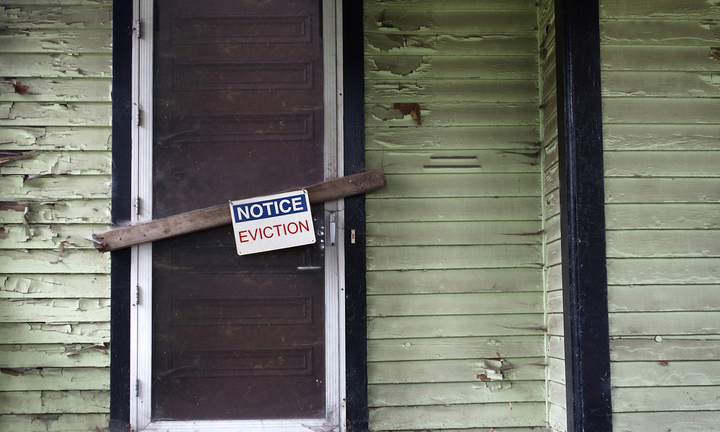 Eviction
EvictionTenants actions if they have been illegally evicted.
- If a tenant has been illegally forced to leave his property by a landlord, then he/she is entitled to claim damages under Sections 27 and 28 Housing Act 1988. If they have been reinstated in the property or if it is reasonable for them to do so and they have not, then the damage entitlement is removed. If they have been offered reinstatement but mobbing back is not reasonable then the claim for damages can still stand.
Damages can be claimed in the following circumstances:
- The tenant is unlawfully deprived by the landlord of the occupation of part or whole of the property.
- An attempt is made by the landlord to deprive the tenant of the occupation of part or whole of the property and as a result the tenant ceases occupation of the property.
- The tenant’s landlord interferes with the tenants use, peace and enjoyment of the property or has services withdrawn that are reasonably required for the occupation of the property as a residence and: -
- As a result the tenant leaves the property with the landlord knowing or had reasonable cause to believe this would be the outcome.
Damages
- The tenant will also be entitled to claim damages having been subject to harassment/illegal eviction under the following claim headings:
General damages
- These are compensation for pain and suffering, physical injury, discomfort, loss of enjoyment, inconvenience and shock.
Special damages
- This is classed as losses that are quantifiable i.e. compensation for damaged or lost property or the cost of alternative accommodation prior to reinstatement to the property.
Aggravated damages
- These would be awarded if the tenant has been subjected to any form of violence or other aggravating factors.
Exemplary damages
- These are awarded to deter the landlord from committing similar actions in the future. The award would be given if the landlord has in some way profited from his illegal actions and the profits exceed any compensation that has been awarded to the tenant.
-
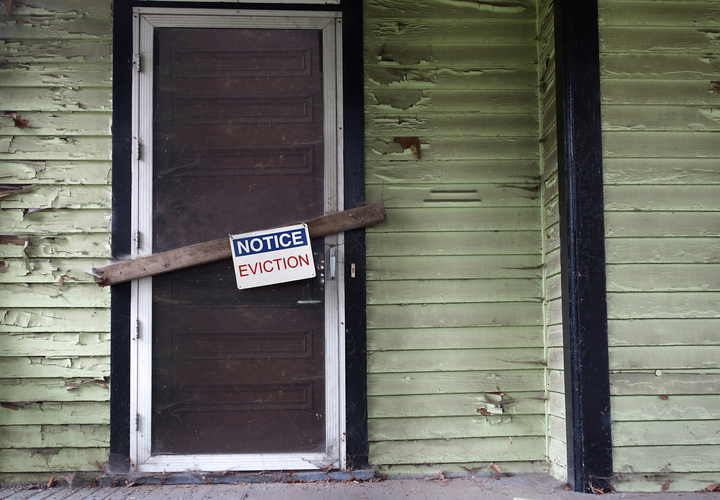 Eviction
EvictionEviction
The landlord can only proceed to obtain a warrant of eviction if the tenants have breached the terms of their suspended possession order.
When the landlord has successfully made an application to the Court for the warrant of eviction, the Court will then send that warrant to the tenants. The warrant will be executed by the bailiff who will attend the property to execute the warrant at the date or time mentioned in the warrant.
· At the property, the bailiffs have the right given to them by the court to:
· Remove anybody still occupying the property (by use of reasonable force)
· To secure the property by changing the locks (usually done by a locksmith)
· The date and time on the warrant is the very last day given by anyone living in the property to leave it. There will not be an extended period of grace allowed.
Note: The landlord will not be permitted to remove anyone from the property. The power to do so has been given to the bailiffs by the court by means of the warrant of eviction.
What if the tenants have nowhere to go?
If the tenants have nowhere to go or have not secured other accommodation, then they should seek the help or assistance of their local authority. This means the tenants should attend in person and explain the reason(s) of their eviction. The local authority involved will assess the tenant’s applications and determine the eligibility for assistance.
Fast tract eviction
Landlords can use the High Court to make a fast track eviction order. They can include in their claim for possession a request to transfer the enforcement of the order to be made in the High Court.
Or the landlord can also make a request at the possession hearing if the judge makes an outright order for possession to have the enforcement of the possession order transferred to the High Court.
It is at the discretion of the judge to decide to transfer the possession order to the High Court. For this to happen, the landlord will have to plead and convince the judge that it is vital to transfer the possessing to the High Court, namely giving the arguments such as:
· using the County Court bailiff will delay the procedure which will have a huge and considerable impact on loss of rental income
· there is a risk of damage to the property
With a sealed possession order from the Court, the landlords will be entitled to apply for permission for a writ of possession or writ of control (if there is a recovery of money judgment) and have this sealed by the County Court in with the possession order.
Note: permission for the writ of possession will not be granted unless the court is entirely satisfied that the tenants had notice to the proceedings. The application is then sent to the High Court to be approved.
When the possession or the writ of control (if applicable in this instance) has been approved, the landlords can instruct a high Court enforcement officer to enforce the writ.
Note: With the granted writ, the High Court enforcer is allowed in addition to seize assets to set against any rent arrears and costs which are outstanding under the possession order.
Important
· In these extreme circumstances, tenants may not be advised that a writ application has been made.
· Tenants may not be advised of the date and time of the eviction or when the writ of possession by the court was been granted to the landlord.
· Tenants will not be sent a notice to inform or advise them on date and time of the writ enforcement by the landlords.
-
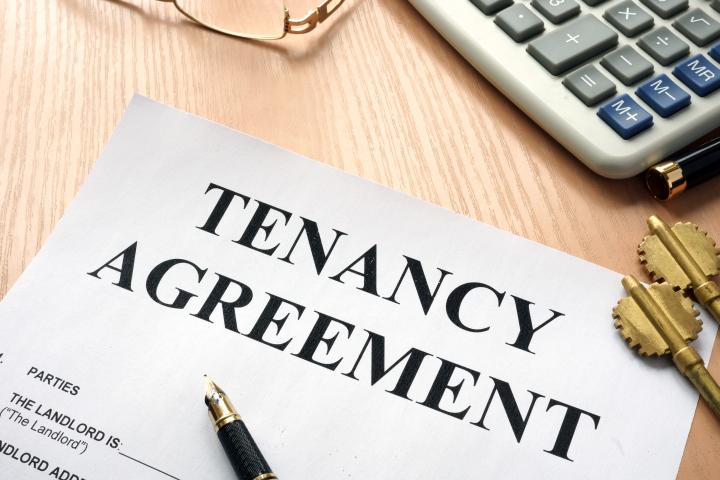 Exceptional Hardship
Exceptional HardshipApplication to remain in the property.
A tenant is able to apply to remain in a property on the grounds of exceptional hardship following a judgement for outright possession. If the Judge is satisfied that an early eviction would cause exceptional hardship to the tenant then he can grant an extension of up to 42 days to remain in the property. The application can be made on the provided defence form within the response pack.
The application would normally be made at the first hearing but if this is not the case then the application must be made before the eviction date on application form N244. The consideration will be made at a further hearing
-
Exceptional Hardship Application to remain in the property.
A tenant is able to apply to remain in a property on the grounds of exceptional hardship following a judgement for outright possession. If the Judge is satisfied that an early eviction would cause exceptional hardship to the tenant then he can grant an extension of up to 42 days to remain in the property. The application can be made on the provided defence form within the response pack.
The application would normally be made at the first hearing but if this is not the case then the application must be made before the eviction date on application form N244. The consideration will be made at a further hearing.
-
 Exemptions
ExemptionsThe Bedroom tax rules do not apply in the following circumstances:
The tenant lives in supported accommodation where the local authority provides or commissions care.
The tenant is a shared owner of the property.
The tenant lives in temporary homeless accommodation.
The sole or both joint tenants are born on or before 05/10/1951 – pensionable age
-
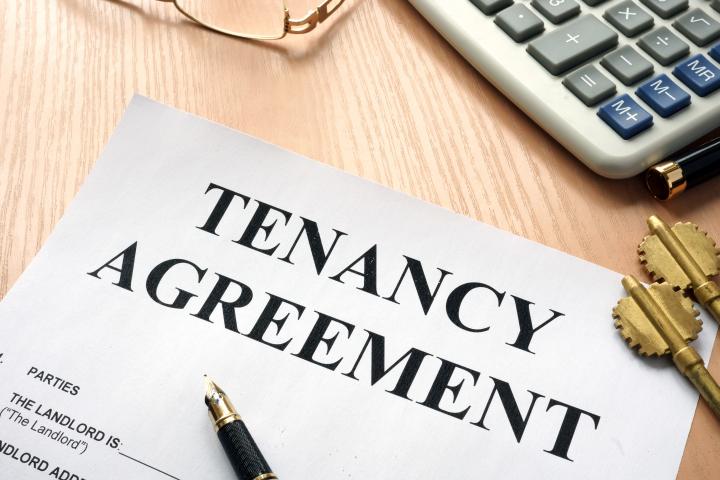 Fast Track Evictions
Fast Track EvictionsAt the time of the Claim for Possession a landlord can request that the enforcement of the possession order be carried out by the High Court. This request can also be made at the possession hearing. The landlord will request this action usually due to delays in using County Court bailiffs, risk of damage to the property and loss of rental income.
The tenant should challenge any request as unnecessary due to lack of notice, especially if children are involved. If the landlord is granted a sealed possession order from the Court they will be entitled to apply for permission for a writ of possession/writ of control. Once the writ of control has been granted, instructions can be issued by the landlord to instruct the High Court enforcement officer to enforce the writ.
If a combined writ of possession/control is applied for this will also allow seizure of assets against rent arrears/costs that are outstanding.
There is no requirement that a tenant be notified of the application for permission to issue a writ of possession and the date of the intended eviction. A High Court bailiff will not sent advance notification of the date of eviction.
-
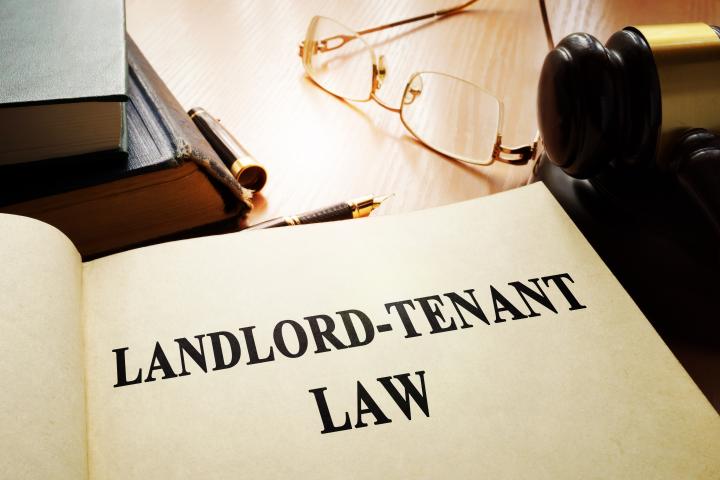 Features of an Assured Shorthold Tenancy
Features of an Assured Shorthold TenancyThe property is the tenant’s main residence let as separate accommodation.
The property cannot be reclaimed by the landlord during the tenants first six months of occupation.
Unless the grounds for possession are breached the landlord cannot claim possession during the fixed term.
After the fixed term has ended the landlord can apply for possession using the mandatory ground for possession – Section 21 Housing Act 1988.
After the fixed term has ended the tenant will become a statutory periodic tenant if he/she stays in occupation.
-
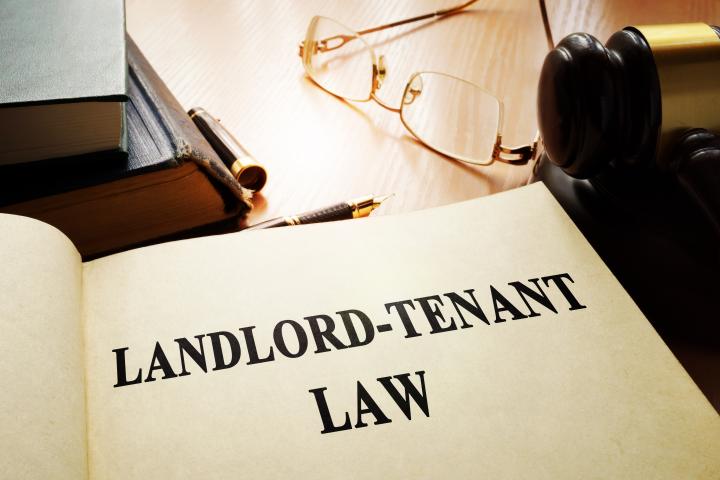 Fit for Habitation
Fit for HabitationCommon law contains the implication that furnished accommodation is fit for habitation at the start of an immediate rental although there is no obligation for a landlord to keep it in that condition. It is not applicable when a property is let unfurnished. If a furnished property is not fit for habitation then it is the right of a tenant to terminate the tenancy even if the condition is discovered at a later date.
Any decision to quit the property by the tenant should be taken at the earliest opportunity as the longer a tenant accepts the condition and pays the rent they may lose the right to leave the property due to breach of contract and claim compensation. Any tenant that has suffered injury or the occupied property has become damaged due to a defect or poor workmanship should consult a solicitor for further advice.
-
 FURNISHED and UNFURNISHED
FURNISHED and UNFURNISHEDFURNISHED OR UNFURNISHED
- The decision to furnish your property depends on the type of property you have and your target market. As an example, if the property is a one-bedroom flat and the tenants in the area are predominantly young then the property would more than likely be furnished. Conversely a property such as semi-detached house that would appeal to a family would more than likely be unfurnished as the target market would more likely have their own furniture.
Unfurnished
- An unfurnished property is much easier for the landlord to take care of as obviously there is no furniture to purchase and replace when it is worn out or damaged. It is all the tenant’s responsibility. Another advantage is that tenants in unfurnished properties tend to stay longer as the upheaval of moving is much greater if you have to move your own furniture.
- Although a property maybe mostly unfurnished it is becoming increasingly popular for a landlord to provide such items as cookers, washing machines and refrigerators as these items can be difficult to move and wire or plumb in, in different buildings.
Furnished
- Furnishing a property can attract clients and sometimes having everything in place saves having a property empty for a couple of months due to there being no takers who have their own furniture in the market at the time.
- The most common items for replacement/repair are washing machines and other white goods but more often and not these are in place even in unfurnished properties nowadays.
- It’s better to spend as little as possible on furniture but for it to be hardwearing. A lot of domestic furniture maybe cheap but it will not be tough enough to survive the rigors of the rental market. It is better to seek out a supplier of specialist rental market furniture that has been designed for this purpose and it is often possible to buy a complete set of furniture in one off the shelf package.
- Tenants looking for a furnished property would at the very least expect white goods in the kitchen, sofas and coffee table in the living room and beds with plenty of storage in the bedrooms. Items such as cutlery and small white goods such as kettles are not generally provided. All furniture should comply with the Furniture and Furnishings (Fire) Regulations 1988. This should be borne in mind when buying any second hand furnishings as new items should comply anyway.
How to Decide
- Asking local rental agents what is the most popular type of property in the area is one way of making a decision or you can look at websites such as Zoopla or Rightmove and check out similar properties that are “let agreed” and see if the most popular are unfurnished or furnished.
- If still undecided, then go for unfurnished and state in the properties advertising that there is flexibility. If a prospective tenant prefers a furnished property, then provide the necessary furniture and use this as negotiating point to avoid having to drop the price of the property.
-
 Gas and Electricity bills
Gas and Electricity billsGas and Electricity charges? Who is responsible
The following is provided to ensure that both landlord and tenant are aware and understand who is responsible for gas and electricity charges within any properties that are let.
Who is responsible
You are responsible for the bills and charges for any property that you own and occupy as well as those which are empty but also owned by you.
If a property that you own is occupied by a tenant, then the tenancy agreement must specify who is responsible for paying the bills and detail the measures used to ensure this happens such as amending the names on bills and the use of direct debits where applicable.
Utility providers will need to be notified by the new tenant of meter readings and move dates by telephone, in writing or online. Any previous charges relating to the property are the responsibility of the previous tenant.
A utility bill containing multiple names places the responsibility of payment onto all those named even if only one person is paying the bill.
Upon notification of vacancy the contract between tenant and supplier will cease. If there is no replacement tenant, then responsibility for payment reverts to the owner of the property.
Contracts and Liability
If an express contract with the gas or electricity supplier is entered into, the liability to pay will be with the customer who is the bill payer. The contract may be entered into, either, (usually) in writing or online and will incorporate the supplier’s standard terms and conditions. These will also make provision for when responsibility for payment ends – see further below.
If there is no express contract, under the Electricity Code or Gas Code there may alternatively be a deemed contract. The Codes provide that where an electricity or gas supplier supplies electricity or gas to a property, otherwise than under an express contract, the supplier is treated as contracting with the occupier(or the owner of the property if it is unoccupied) for the supply as from the time when the supplier began to make the supply. In effect by taking a supply you become the bill payer even in the absence of a written request/agreement. The terms and conditions, of this deemed contract, will be laid down by each supplier in their own terms and conditions.
Changes in responsibility
A supplier’s terms and conditions will provide that the current bill payer will no longer be responsible for paying once they cease to occupy (or own) the property provided they give notice (usually two working days) before vacating.Otherwise, liability will terminate on (1) the date (usually two working days) after notification to a supplier of vacation (or of a new occupier)
or(2) the date that electricity/gas is supplied to the property under a new contract (i.e. to someone else). This may be a new contract signed up with the supplier or it may be under a deemed contract as provided for by the Code because a new occupier (or the owner) has started to take a supply.
Search by alphabetical topics
All
ABCDEFGHIJKLMNOPQRSTUVWXYZ




